<> Abaratha angulata (Felder, 1862) <>
the Chestnut Angle ผีเสื้อตาลแดงโคนขีด
Click on any photo to see all photos full size in Lightbox
Additions and corrections to the information provided on this page is always welcome. Please use the Contact form.
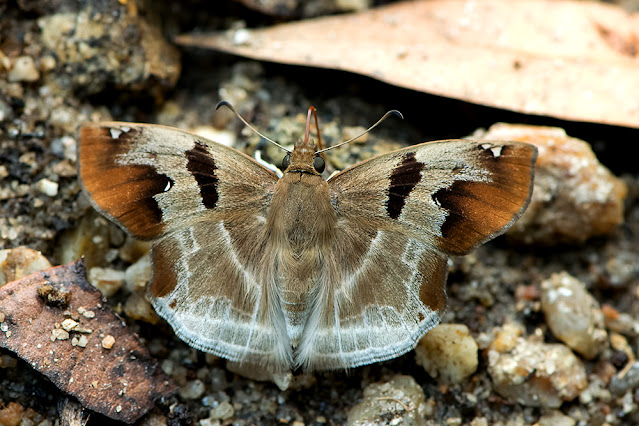
Photo taken at Doi Suthep-Pui National Park, Chiang Mai, Thailand. 450m a.s.l.

Known for a long time as Odontoptilum angulata the genus of this species was revised to Abaratha in 2022 by Zhang et.al. after genomic analysis of the Hesperiidae (see below). A common and widespread species throughout most of the region. Sexes are similar in appearance but the female is slightly larger. It is therefore almost impossible to determine the sex in the field as they are usually only seen singly and very rarely in pairs of groups. It likes shade but also likes to bask in the sun on cooler days. On very hot days, or when it has been disturbed, it will typically settle on the underside of a leaf with its wings spread flat.
Abaratha angulata is multivoltine and there are several generations each year. The adult female lays her eggs singly on the upper surface of a leaf on the host plant. Both sexes have a fast and rather erratic flight pattern.
Synonyms and previously used names: Pterygospidea angulata, Achlyodes sura, Odontoptilum sura, Odontoptilum angulata
Taxonomy: Animalia - Arthropoda - Insecta - Lepidoptera - Hesperiidae - Pyrginae - Abaratha - angulata
Regional subspecies: Abaratha angulata angulata (Myanmar, Thailand, Laos, Cambodia, Vietnam, S.China, Malaysia, Singapore, Indonesia), Abaratha angulata helias (Philippines), Abaratha angulata sinka (Philippines)
Regional Distribution: India, Nepal, Bhutan, Bangladesh, Myanmar, Thailand, Laos, Cambodia, Vietnam, China, Malaysia, Singapore, Indonesia, Philippines
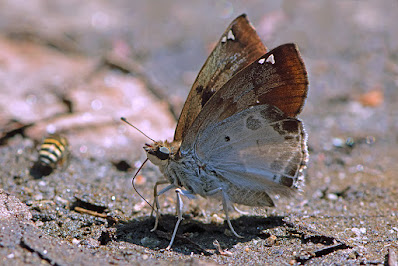 |
Doi Suthep-Pui National Park, Chiang Mai, Thailand. 700m a.s.l. |
Habitat: Abaratha angulata is found in open sunny forest glades in lowland and montane forest, along roadsides and stream banks, and in other disturbed areas. Recorded at elevations up to 2000m a.s.l.
Flight time: most of the year depending on location Wingspan: 35-40mm
Life History: egg 5-7 days instar 1 4 days instar 2 4 days instar 3 3-4 days instar 4 7 days instar 5 10-11 days pupa 8-10 days Total egg to adult 41-47 days
All times are approximate and can vary depending on the season and on the host used.
Larval Hosts: Bombax ceiba, Ceiba pentandra, Commersonia bartramia, Grewia eriocarpa, Hibiscus tilliaceus, Microcos paniculata, Pterospermum heterophyllum, Thespesia populnea, Urena lobata (Malvaceae), Allophylus cobbe, Allophylus serratus (Sapindaceae), Xylia xylocarpa (Fabaceae).
Actual host plant used depends upon location and availabilty of plant species.
Adult Food Sources: Nectar - Chromolaena odorata (Asteraceae), Actinidia strigosa (Actinidiaceae), Dendrobium moniliforme (Orchidaceae), Machilus odoratissimus (Lauraceae), Duranta erecta (Verbenaceae). Other - mud puddling, bird droppings, animal dung & urine
Refs:
Felder, C. 1862 : Verzeichniss der von den Naturforschern der K.K.Fregatte "Novara" gesammelten Macrolepidopteren. Verh. zool.-bot. Ges.Wien 12:473-496.Zhang, J., et al.,2022. Taxonoic changes suggested by the genomic analysis of Hesperiidae (Lepidoptera). Insecta Mundi 0921: 1-135.
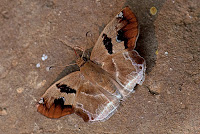 |
| Chiang Dao Nature Sanctuary, Chiang Mai, Thailand |
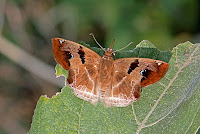 |
| Doi Suthep-Pui National Park, Chiang Mai, Thailand |
 |
| Doi Suthep-Pui National Park, Chiang Mai, Thailand |
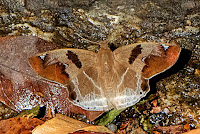 |
| Doi Suthep-Pui National Park, Chiang Mai, Thailand |
 |
| Doi Suthep-Pui National Park, Chiang Mai, Thailand |
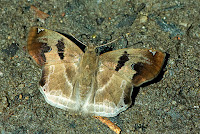 |
| Doi Suthep-Pui National Park, Chiang Mai, Thailand |
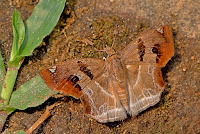 |
| Lamnamkok National Park, Chiang Rai, Thailand |
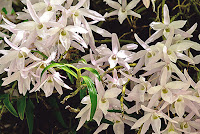 |
| Dendrobium moniliforme, a nectar source |
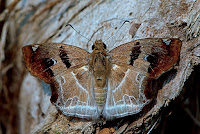 |
| Lamnamkok National Park, Chiang Rai, Thailand |
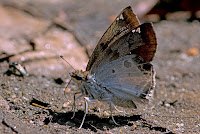 |
| Doi Suthep-Pui National Park, Chiang Mai, Thailand |
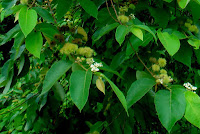 |
| Commersonia bartramia, a larval host |
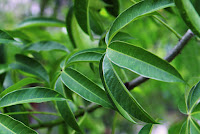 | |
| Bombax ceiba, another larval host | |
Links to other pages in this series for species in the same subfamily
